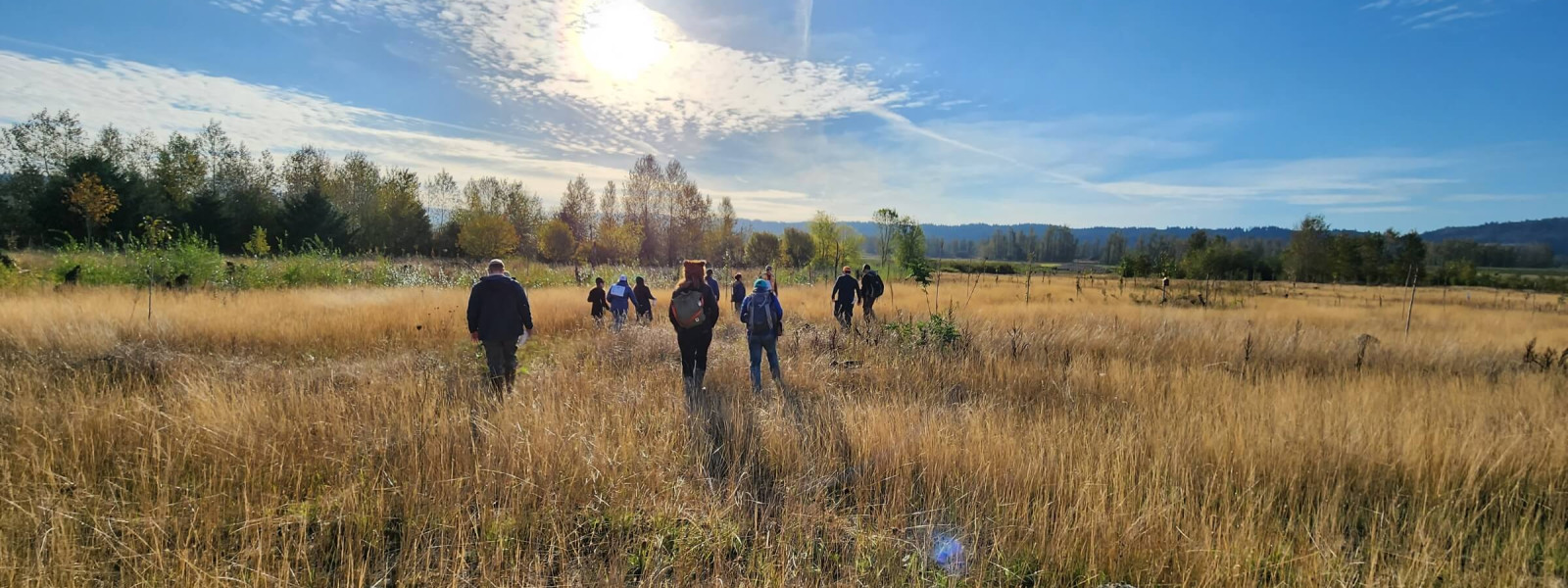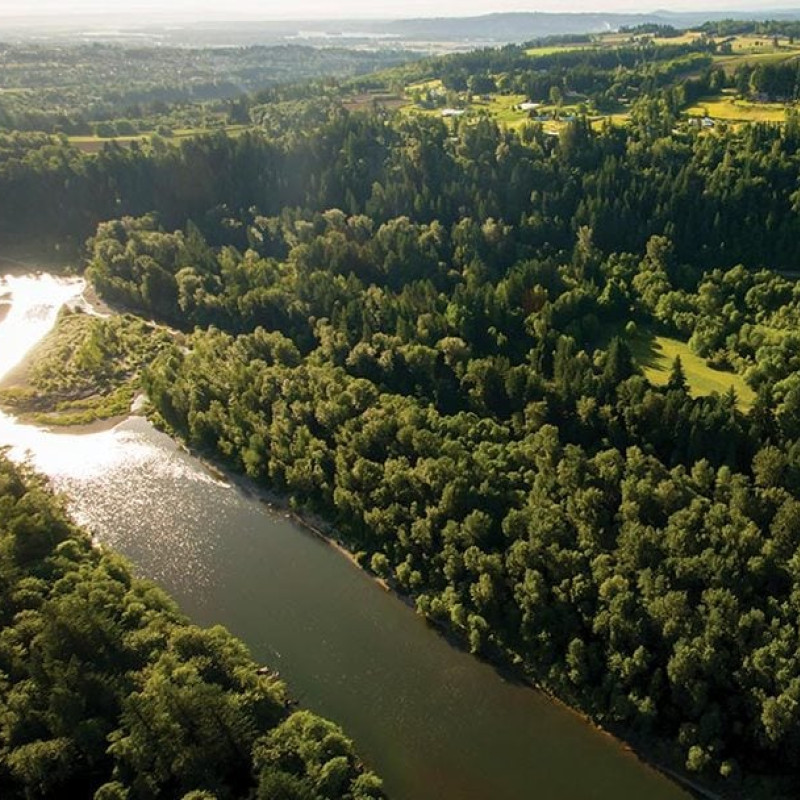
The 4-County CWMA is made up of agencies and organizations from Clackamas, Clark, Multnomah, and Washington Counties dedicated to fostering and supporting collaborative weed management. We work closely with property owners and land managers to control the spread of harmful invasive plants.
The four counties comprise of 3,727 square miles of cities, rural farms, forests and natural areas in the greater Portland and Vancouver areas of Oregon and Southwest Washington.
The region includes parts of both the Mt. Hood and Willamette National Forests, the Columbia River Gorge, and part of the Coast Range. Numerous important local parks and wildlife refuges are found here, including Metro’s Oxbow Regional Park, and Portland Parks’ Forest Park, and the Ridgefield National Wildlife Refuge and Tualatin River National Wildlife Refuge. Additionally, working farms and forests provide an immense amount of economic value to the region.

Invasive plant infestations have a range of negative economic and ecological impacts on the landscape. According to a study commissioned by the Oregon Department of Agriculture, Oregon experiences annual losses of over $80 million to personal income from just 25 state-listed noxious weeds. If left to spread, these species could cost an estimated $1.8 billion in annual losses.
Invasive plants also outcompete native plant communities, disrupting ecosystems by reducing biodiversity, degrading water quality, and diminishing wildlife habitat. These impacts pose a threat to the overall health and resilience of our region, emphasizing the need for effective collaborative weed management.
Cooperation is crucial in invasive weed management. Through cooperation, the 4-County CWMA is able to:
Detect Early: Early detection is essential for timely intervention.
Share Information: Efficient monitoring systems and data sharing results in more informed management decisions.
Allocate Resources: Combining efforts avoids duplication, minimizes confusion, and allows our limited resources to go further.
Enhance Engagement: Cooperation enhances the reach and effectiveness of public awareness campaigns.